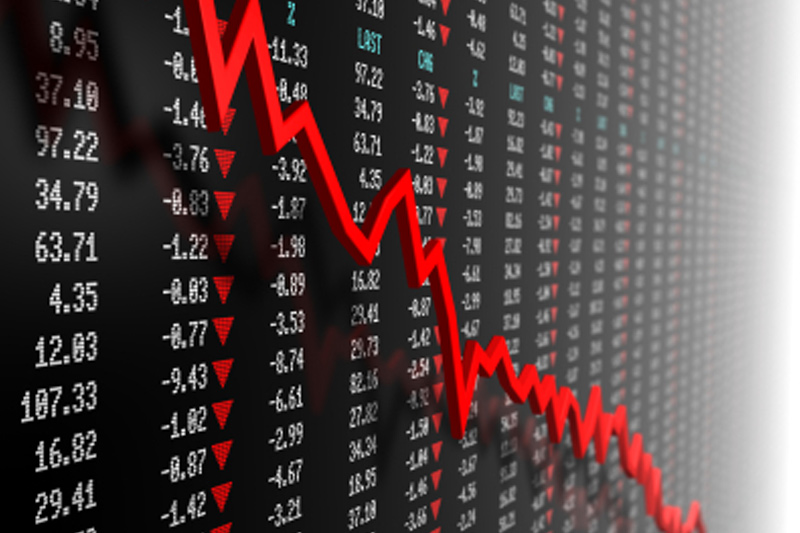Investing.com - Natural gas futures traded lower Wednesday, as market participants looked ahead to Thursday’s U.S. government report on natural gas inventories, which was expected to show another supply injection.
On the New York Mercantile Exchange, natural gas futures for delivery in May traded at USD2.143 per million British thermal units during U.S. afternoon trade, dropping 2.03%.
It earlier fell by as much as 1.1% to trade at a session low of USD2.159 per million British thermal units.
Natural gas prices have advanced almost 6% since dropping to a ten-year low of USSD2.067 per million British thermal units on April 2, as traders closed out bets on lower prices after futures moved into oversold territory.
Forecasts of slightly cooler weather may have further triggered some of the buying, but traders said slightly below-normal readings in mid-April would not be enough to generate significant demand.
Prices resumed their downward trend as traders looked forward to the U.S. Energy Information Administration’s closely-watched weekly report on natural gas inventories due Thursday.
Early injection estimates range from 10 billion cubic feet to 49 billion cubic feet, compared to last year's drawdown of 29 billion cubic feet. The five-year average change for the week is a build of 8 billion cubic feet.
Weekly storage data from the U.S. released last week showed that natural gas storage in the U.S. rose by 57 billion cubic feet last week, the largest supply gain ever recorded in March.
Total U.S. natural gas storage stood at 2.437 trillion cubic feet as of last week, 50% above year-ago levels and 59% higher than the five-year average for this time of year.
Some market players expect U.S. gas inventories to end the winter at a record high 2.5 trillion cubic feet, about 60% above normal and well above the previous high of 2.148 trillion set in 1983.
Market analysts expect prices to continue their downtrend, eventually testing the USD2.00-level amid ongoing concerns over elevated U.S. storage levels and indications demand for the heating fuel will remain weak in the near-term.
The U.S. gas market is entering the so-called shoulder season. Gas use typically hits a seasonal low with spring's mild temperatures, before warmer weather increases demand for gas-fired electricity generation to power air conditioning.
Gas stockpiles are expected to continue rising through the next few months as demand weakens.
Natural gas was the worst performing commodity of the first three months of 2012, plummeting 29% during the period, its worst quarterly loss in two years.
Futures spiraled lower 19% in March, the biggest monthly drop since August 2010.
Elsewhere on the NYMEX, light sweet crude oil futures for delivery in May tumbled 2.28% to trade at USD101.64 a barrel.
